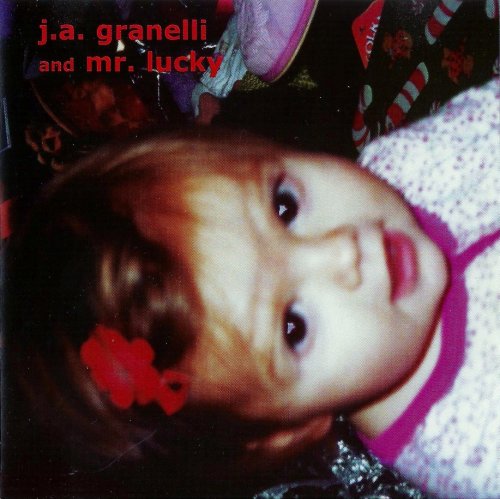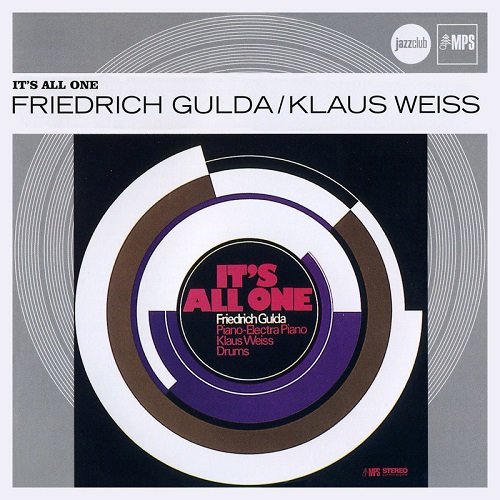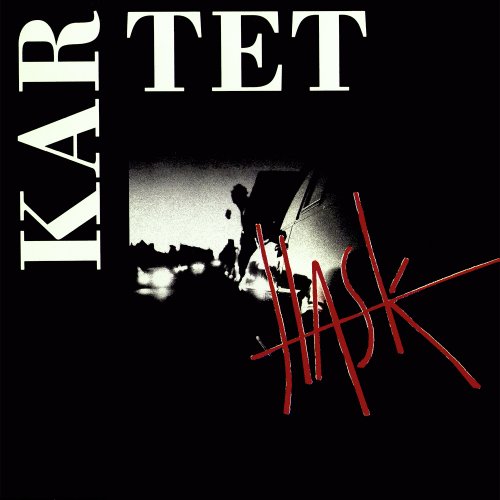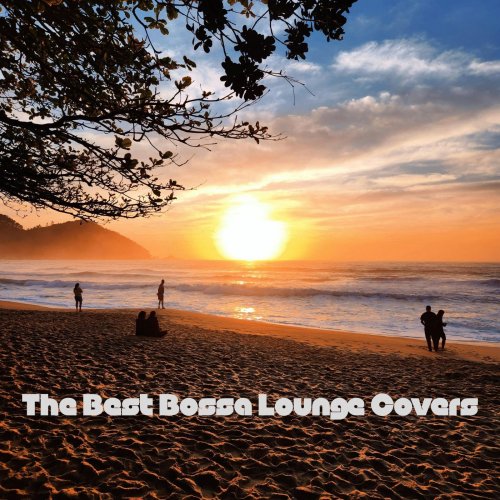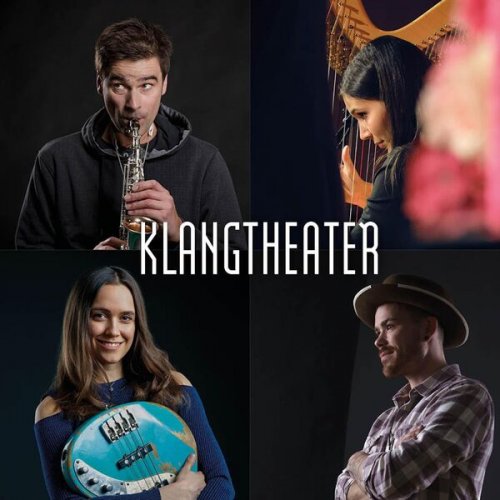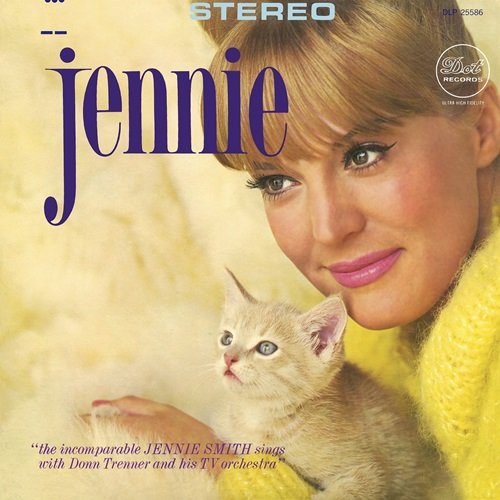Bruce Arnold - A Few Dozen (2000)
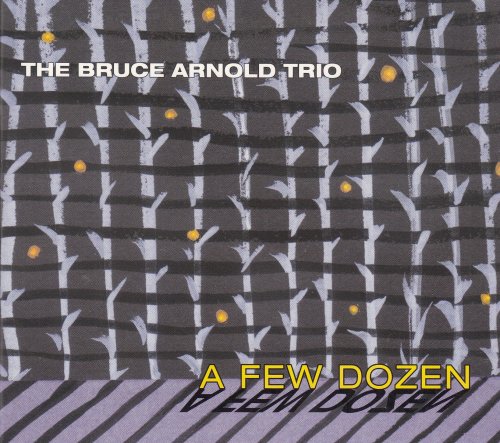
Title: A Few Dozen
Year Of Release: 2000
Label: Muse Eek
Genre: Jazz
Quality: flac lossless (tracks, log, scans)
Total Time: 00:43:41
Total Size: 229 mb
WebSite: Album Preview
01. A Few Dozen
02. Reflection
03. 7th Street
04. Numbers Prelude
05. Numbers
06. Broadway Y2k
07. Dialog
On his latest CD, A Few Dozen, guitarist and composer Bruce Arnold presents a tightly knit set of tracks based on twentieth century classical structures that run from upbeat swing to lyrical ballads to rumba clave. In addition, the music is enriched by electronic sounds that create atmosphere and orchestral density. In on the fun and rounding out the trio are Ratzo B. Harris on acoustic bass and Tony Moreno on percussion and drums. Arnold writes The more I listened to the works of various masters, the more I felt that the elements they were working with could refresh and expand the possibilities of jazz.
Bruce Arnold's work, at its best, combines spontaneous flare and ingenuity with rigorous discipline and powerful intellect. His debut, Blue Eleven, was wildly inventive and rewarding in its approach to modern jazz composition. Arnold draws much of his inspiration from twelve-tone composers like Schoenberg as well as more die-hard serialists like Babbitt. The resulting head-on collision between freedom and restriction was what most impressed me about Blue Eleven, and A Few Dozen is the next logical step. It's more assured, more at ease and yet in many ways more stringent in its intellectualism. Whereas Eleven offered a disparate range of styles, from strange eleven-bar blues forms to straight-ahead art songs, on Dozen Arnold seems to have settled into his sound, which is modern jazz structured with serialist techniques. There are many powerhouse tracks on this disc, but my favorite is the haunting opus Numbers. It is split into two parts, a prelude and a piece-proper. The prelude establishes a distinct, brooding mood. Its washy synth pads gain forward motion thanks to the momentum of a pulsing tabla rhythm. When the piece-proper begins, a subdued bassline mumbles dejectedly, underpinned by sporadic, spastic percussion hits. In short order a sparse, angular guitar phrase establishes itself as a sort of structural base from which Arnold engages in his flights of melodic fury. This piece works so well because Anold's bandmates, bassist Ratzo B. Harris and drummer Tony Moreno, know how to stay out of his way and let him fly. They support, accentuate and provide context for Arnold's driving, spontaneous forays. Tracks like this represent Bruce Arnold at his deeply communicative and rewarding best! I sincerely applaud him for his inventive and innovative approach to jazz composition.
It’s appropriate--given the new year, the new century, the new millennium, yada yada--that the January jazz releases include unusually pioneering efforts. Some come from established artists, some from relatively unknown new performers; all have compelling qualities.
The use of 12-note rows in jazz has popped up from time to time, rarely successfully, given the relatively non-harmonic nature of serial composition. Guitarist Bruce Arnold’s new album, “A Few Dozen” manages to maneuver its way through a difficult musical thicket to produce some intriguing results. It’s not clear to what extent Arnold has actually attempted to use the serial method of proceeding through a 12-note row (with its retrograde and inverted forms) as a fundamental element in the way he has structured the music. But, ultimately, what matters is the effectiveness of the results rather than the nature of the method. And Arnold’s music--as performed by his trio, with drummer Tony Moreno and bassist Ratzo B. Harris--never loses its contact with jazz, even when both the linear and clustered sounds emerge in unexpectedly acerbic fashion. At the very least, he deserves credit for his effort to expand the potential of the jazz palette.
A Few Dozen: A well disguised swinging twelve bar blues. A Few Dozen is a sortie into counterpoint using the traditional form of a 12 bar blues. The guitar and bass both play a 12 measure melody which contains two statements of a 12 tone row. (Hence the name A Few Dozen.) These independent voices work with a system of hexatonic groupings which give a soloist greater flexibility for improvisation within serial based structures.
Reflection: Mainstream Jazz ballad. Reflection may sound like a typical jazz ballad but it is in fact a 12 tone melody. This piece, as well as Dialog and 7th Street are based on an interval grouping of a half step and a minor 3rd, which creates interesting melodic and harmonic palettes for composition. The guitar solo is made up entirely of this interval pattern which changes to fit each harmony as it passes by.
7th Street: Starts out as up-tempo swing and veers into funk. Great bass hook. 7th Street is based on the harmonic and melodic implications of a half step and a minor 3rd. In this composition the improvisation explores the superimposition of this 3 note grouping, this time over a static harmonic foundation.
Numbers Prelude: Atmospheric, ambient free improv. Numbers Prelude is an improvised piece based on the overall character of Numbers. Background guitar loops give this a spacey, floating setting.
Numbers: Atmospheric, moody, hypnotic, ambient. A contemporary þNaima.äNumbers creates a mood through the use of background guitar loops. The dark feeling of Numbers is created by four 3 note groupings of chords playing a serial based melody. The hypnotic bass line is also derived from the notes of these groupings.
Broadway Y2K: Twelve-tone rumba clave! A real mover.Broadway Y2K was inspired by the urban roar the artist hears outside his window every day on Broadway. It is a 12 tone composition employing a rumba clave. Deditcated to the great bassist Harvie Swartz whose Jazz Latin group þEye Contactä introduced Mr. Arnold to these Latin rhythms. Broadway Y2K is based on the same 12 tone system using a basic 3 note cell of a half step and a major third.
Dialog: For those who appreciate great improvisation and great interaction. This one goes everywhere. Dialog is a 12 tone contrapuntal composition. Believe it or not, the unaccompanied bass solo is played entirely without overdubs or processing although Ratzo does use his chin to play the underlying bass figure behind the drum solo. The use of these extended techniques shows that very musical and brilliant effects are possible beyond the bass's traditional vocabulary.
![Marlon Duncan & Bobby Gertund - First Morning Light (2026) [Hi-Res] Marlon Duncan & Bobby Gertund - First Morning Light (2026) [Hi-Res]](https://www.dibpic.com/uploads/posts/2026-01/1767778015_cover.jpg)
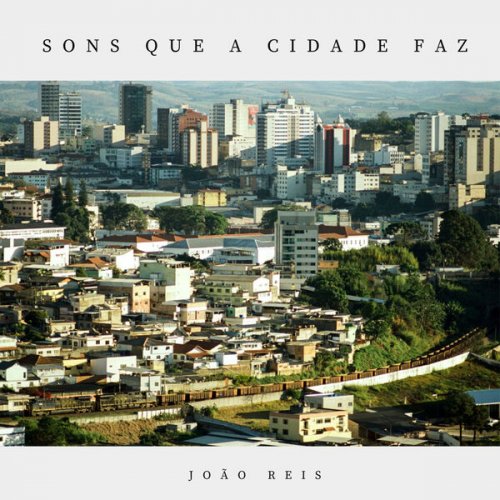
![Oiro Pena - Oiro Pena (2020) [Hi-Res] Oiro Pena - Oiro Pena (2020) [Hi-Res]](https://img.israbox.com/img/2026-01/04/r18zex2qlhbhk9ouirvlgxcm2.jpg)
